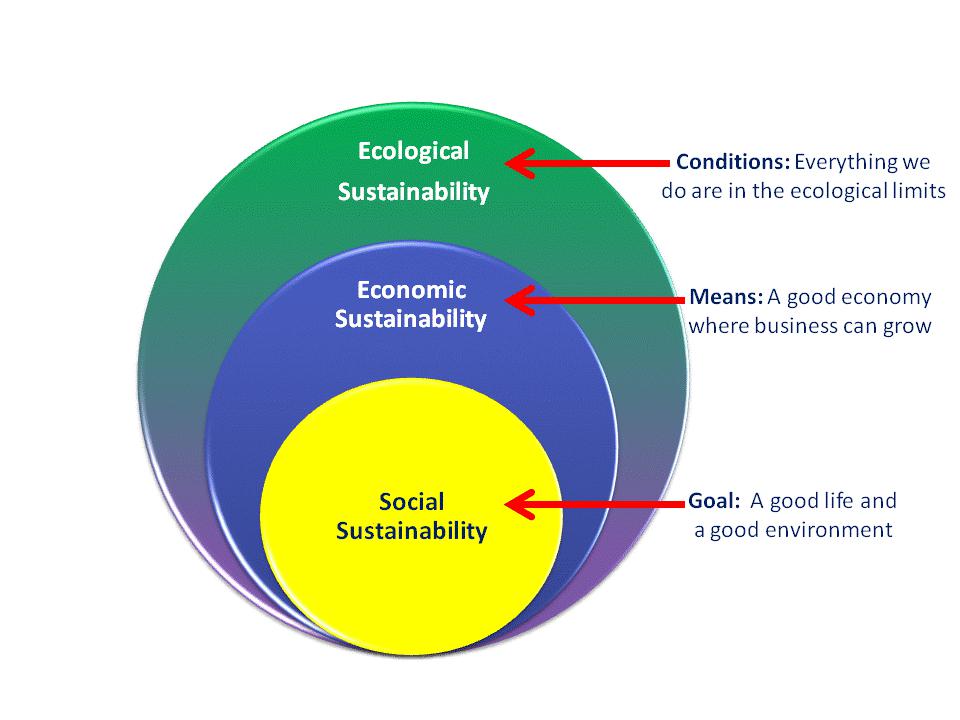The market is excellent at figuring out how to do things. But when it comes to deciding what we should do, we need governments to implement the right policies to support the market in delivering positive outcomes for our society and planet.
Policy is a vital tool in the quest for net zero and the transition to a nature-positive Circular, Lean, Inclusive, Clean (CLIC™) economy. We might think of policies as decisions around what we, as a society, should do, such as the UK’s policy to phase out cars with internal combustion engines by 2030. Then, the market mechanisms of consumer and investor choice and technological innovation can get to work on figuring out how to do those things in the most cost-effective, efficient, consumer-friendly ways – in this case by producing affordable, practical, desirable electric vehicles.

So, when it comes to The Sustainability Revolution, is policy working? Let’s take a look.
We need more, increasingly ambitious net-zero commitments, backed by better laws and policies, to keep the goals of the Paris Agreement alive
Net zero
Ahead of the 2021 United Nations Climate Change Conference (COP26) and at the summit itself, 151 countries submitted new emissions reduction plans, including Australia, Canada, and the US1. These pledges were a welcome addition to existing net-zero roadmaps like those of Japan2 and the UK, which, in 2019, became the first major economy to enshrine its net-zero commitment in law3.
However, many of the pledges made at COP26, including those of significant emitters China, India, and Russia, are set to miss the 2050 target the world must hit to stand a chance of limiting global warming to 1.5°C above pre-industrial levels. Instead, if all nations meet their current commitments, we would be on track for around 1.8 – 1.9°C of warming4. But with only 66 of the net-zero pledges made at COP26 backed up by law or policy5, and the lack of credible roadmaps from several major emitters, the actual level of warming could be even higher should some countries fail to deliver on their promises6. As such, we need more, increasingly ambitious net-zero commitments, backed by better laws and policies, to keep the goals of the Paris Agreement alive.
Read also: The journey to net zero – climate risks and opportunities




